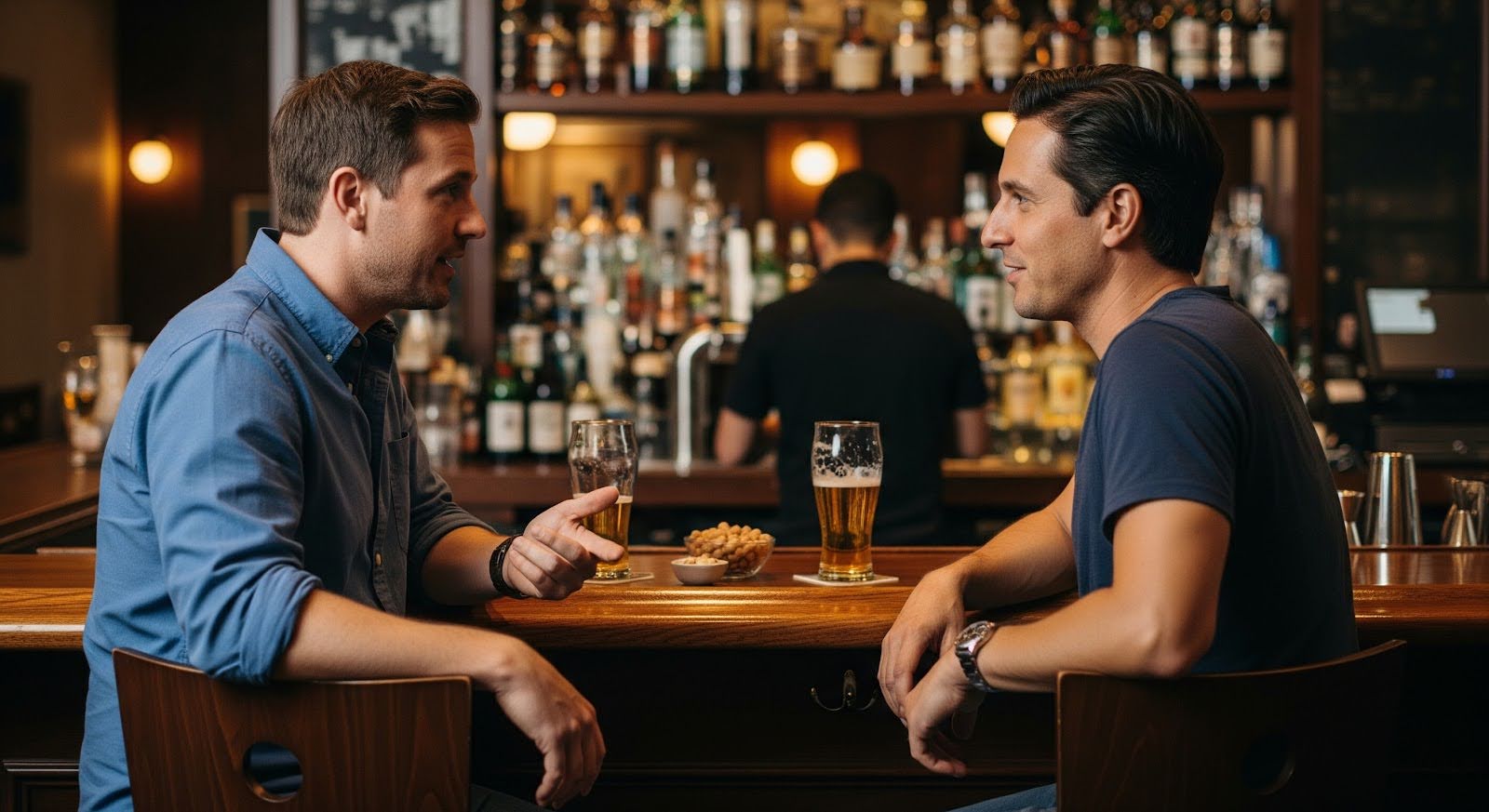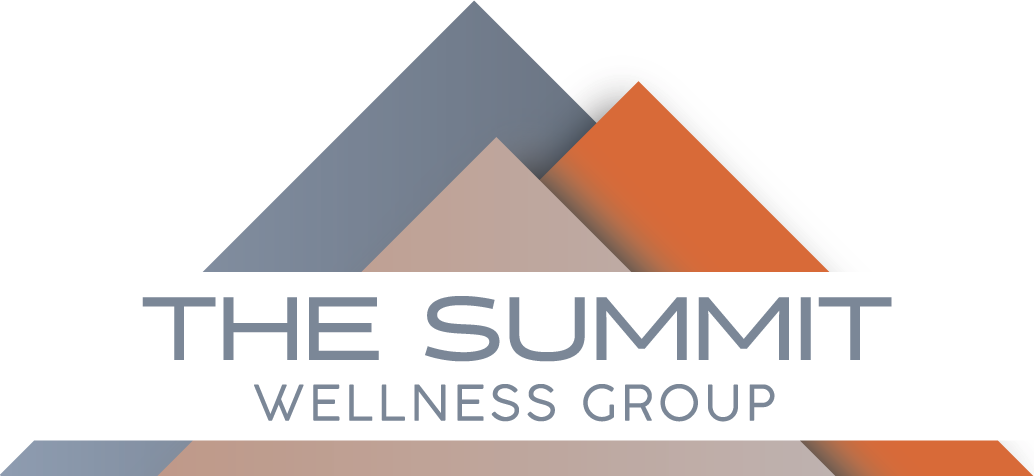Atlanta’s nightlife drives $5.1 billion in annual economic activity, but rising overdose deaths demand urgent safety measures.
The city is building an integrated response through venue training, naloxone distribution, pre-arrest diversion, late-night transit, and neighborhood safety plans that protect both patrons and the industry.
This article examines how Atlanta is aligning its thriving nighttime economy with practical harm reduction.
Economic Impact of Atlanta Nightlife Powers a Complex Ecosystem
Atlanta’s nighttime economy extends far beyond bars and clubs. Hospitality, live music, festivals, sports venues, and late-night dining form a multibillion-dollar value chain that employs thousands and draws visitors from across the Southeast. City officials estimate the economic impact of Atlanta nightlife at roughly $5.1 billion annually, a figure that underscores why effective governance matters. The Office of Nightlife and Culture was created to coordinate policy, compliance, and stakeholder engagement across agencies, signaling that the city now treats nightlife as a strategic asset requiring intentional management rather than reactive enforcement.
Nightlife activity concentrates in Midtown, Buckhead Village, Downtown around State Farm Arena and Mercedes-Benz Stadium, and emerging districts like the Upper Westside. Each corridor faces distinct challenges: Midtown balances high pedestrian volumes with curb congestion; Buckhead manages upscale hospitality alongside security concerns; Downtown handles massive event-driven surges. These hotspots generate tax revenue and cultural vibrancy but also concentrate public health and safety risks that cities worldwide struggle to manage.
The stakes are high. Fentanyl-involved overdose deaths in Georgia jumped 218 percent between 2019 and 2021. Fulton County records roughly 300 overdose deaths each year, with similar tolls in neighboring DeKalb and Gwinnett. Overdose became the leading cause of premature death for Georgians in 2020. Nightlife settings amplify risk because people mix substances, encounter adulterated drugs, and delay calling 911 out of fear. Service industry workers often become accidental first responders, handling overdoses in restrooms, parking lots, and side streets while waiting for EMS.
Harm Reduction Programs Atlanta Has Built Into Venues
Atlanta now embeds overdose prevention directly into bars, clubs, and music venues. Georgia Overdose Prevention conducted more than 1,200 training events in 2022 alone, reaching 15,000 people statewide. Partner organizations like Georgia Harm Reduction Coalition equip nightlife staff with free naloxone kits and teach the practical protocol for reversing an overdose: shake, shout, apply a firm sternal rub to check responsiveness, administer intranasal naloxone, and call 911 without hesitation.
Our Bar ATL on Edgewood Avenue illustrates this model in action. After losses tied to synthetic opioid exposure, the venue partnered with harm reduction groups to host weekly training and distribute free naloxone. By late 2023, the bar had handed out more than 470 doses and trained hundreds of service industry workers. Staff reported saving lives within weeks of ramping up distribution, a testament to how quickly in-venue programs can deliver measurable impact.
The training addresses nightlife-specific challenges: loud environments, crowded spaces, privacy concerns in restrooms, and the legal fears that cause bystanders to flee. Georgia’s Medical Amnesty Law provides civil and criminal immunity for anyone administering naloxone and limited protection for drug possession when someone calls 911 for an overdose. This legal shield underpins the “Don’t Run, Call 911” message that harm reduction trainers emphasize. A statewide naloxone standing order allows anyone to purchase naloxone at pharmacies without a prescription, though the typical $40 to $50 price for a two-dose box remains a barrier compared to free kits distributed through community partners.
Venues with late-night hours now routinely stock multiple naloxone kits in accessible locations: behind the bar, at security stations, and near restrooms. Staff learn to use each single-dose nasal device without priming, administer additional doses every two minutes if needed, and maintain airway support until EMS arrives. This practical, no-nonsense approach transforms bartenders and security workers into effective first responders.
City Infrastructure Connects Nightlife to Diversion and Care
Reversing an overdose in a bar is only the first step. Atlanta has built a 24/7 infrastructure to stabilize individuals and link them to ongoing care without defaulting to jail or emergency rooms. The Atlanta–Fulton Center for Diversion and Services at 254 Peachtree Street SW opened as a joint city–county initiative operated by Grady Health System. The facility offers law enforcement drop-off, sobering spaces, peer-led services, basic medical care, and navigation to housing, benefits, and treatment.
Roughly 30 percent of Atlanta detention bookings involve people experiencing homelessness, mental illness, or substance use. The Center aims to divert up to 41 people per day from that cycle. Early reports noted underutilization but indicated increasing uptake as Atlanta Police Department awareness improved, highlighting the importance of cross-agency coordination and training.
The Policing Alternatives & Diversion Initiative supports this model by offering pre-arrest alternatives for low-level, quality-of-life incidents connected to substance use or mental health. PAD response teams operate Monday through Friday, 7 a.m. to 7 p.m., and accept both law enforcement and community referrals via ATL311. For nightlife, PAD creates a human-centered pathway when incidents do not require custody or hospital admission. Venue staff who understand these options can communicate them to patrons and companions, reducing the punitive consequences that often deter people from seeking help.
This continuum from bar floor to stabilization center represents a structural shift in how cities manage nightlife-related crises. When a venue employee administers naloxone and calls 911, the legal protections enable honesty, the 24/7 Center offers immediate stabilization, and PAD navigators connect the person to longer-term support. This coordinated response reduces repeat incidents and addresses root causes rather than cycling people through jail.

Safety Technology and Place-Based Design in Nightlife Corridors
Atlanta has layered public safety technology and environmental design into its nightlife districts. The Connect Atlanta program integrates public and private security cameras and license plate readers into a network that APD monitors for real-time response and investigations. The system expands situational awareness during peak hours and enables quicker responses to incidents as venues close and patrons disperse.
The Buckhead Security Plan applies this model at the district level, combining camera networks, improved lighting, and collaboration between the Buckhead Community Improvement District, APD, and private security. The strategy reduces opportunistic crime and manages conflict points during closing times without broadly curtailing operating hours, a balance that preserves the district’s hospitality economy while addressing legitimate safety concerns.
Midtown Alliance pioneered a complementary approach by establishing designated rideshare pickup zones with clear signage and enforcement against illegal double parking. This simple intervention channels rideshare demand to safer blocks, reduces chaotic curb activity, minimizes pedestrian conflicts, and speeds egress after last call. The model is cost-effective and scalable to other districts where curbside congestion fuels disorder and delays.
Atlanta’s Vision Zero framework adds a safety lens for late-night mobility, addressing pedestrian and vehicular risks when crash severity is highest. Lower design speeds, crosswalk improvements, and hotspot identification in nightlife corridors apply systems thinking to prevent traffic deaths and serious injuries. Since closing time and rideshare activity concentrate after midnight, applying Vision Zero standards in these areas is a structural harm reduction strategy that reduces the severity of conflicts between cars, rideshares, and pedestrians.
Late-Night Mobility Gaps and Alcohol Policy Alignment
Safe nightlife depends on aligning venue closing times with transportation options. MARTA rail service provides late-night hours that offer alternatives to impaired driving, but insufficient frequency and limited night owl bus routes create gaps between last call and safe dispersal. This mismatch clusters crowds on streets, strains curbside capacity, and increases DUI and disorder risk.
International best practices emphasize that the moments around closing time are both economically valuable and risk intensive. Atlanta’s alcohol code governs operating hours and last call, but harmonizing these rules with transit schedules and rideshare infrastructure is essential. Continued planning by the Office of Nightlife, MARTA, the Atlanta Department of Transportation, and Community Improvement Districts can bring night owl bus lines and mobility hubs that combine wayfinding, lighting, security, and dedicated curbspace for rideshare and shuttles.
Atlanta’s alcohol licensing code also requires security plans for certain late-night establishments, defining staffing, surveillance, and incident response expectations. These codified standards anchor safety obligations in law and licensing processes, creating enforceable benchmarks that reduce venue-level risks. When paired with proactive compliance inspections by the Office of Nightlife, police, fire, and code enforcement, the model shifts from punishment to continuous improvement.
Nuisance abatement tools allow the city to seek closure or impose conditions on persistently dangerous properties after due process. This mechanism acts as a backstop when security plans and compliance measures fail, designed to be used surgically rather than broadly to avoid suppressing commerce. Transparent data and consistent standards are critical to ensuring equitable enforcement across neighborhoods and venue types.
Bridging Workforce Training, Legal Protections, and Public Health
Atlanta’s harm reduction architecture rests on several interconnected supports:
- Georgia’s Medical Amnesty Law reduces legal barriers to calling 911 and administering naloxone
- A statewide standing order enables anyone to purchase naloxone at pharmacies without a prescription
- Free naloxone kits distributed by Georgia Overdose Prevention and Georgia Harm Reduction Coalition remove cost barriers for venues and individuals
- Venue-specific trainings teach practical overdose response protocols tailored to loud, crowded nightlife environments
- The 24/7 Center for Diversion and Services operated by Grady provides law enforcement and PAD with a non-jail, non-ER option for stabilization
- NEXT Distro and harm reduction partners offer mail-based supplies, though Georgia’s full-service program currently has a waitlist
First responders, including law enforcement and EMS, access naloxone kits through training and application processes supported by the Georgia Department of Behavioral Health and Developmental Disabilities. Pharmacies stock over-the-counter Narcan with usage guidance, reinforcing community access. Health providers receive guidance to co-prescribe naloxone for patients on high-dose opioids, reducing upstream risk.
These layers create redundancy and resilience. When one access point is constrained, others fill the gap. The challenge is ensuring that all pieces work together: that venue staff know about the Diversion Center, that PAD navigators understand nightlife contexts, that MARTA schedules align with closing times, and that enforcement actions are transparent and equitable.

Equity, Displacement, and Cultural Preservation
Nightlife governance must balance safety with equity. Historically marginalized venues, particularly those serving Black communities, often face more aggressive enforcement. Transparent data, standardized enforcement triggers, and equity impact reviews are essential to avoid displacing culturally significant spaces while addressing legitimate concerns.
Atlanta’s Neighborhood Planning Units provide a formal channel for community input on zoning, alcohol licensing, and neighborhood priorities. This process can prevent reactive punitive measures and support tailored solutions district by district, but it requires transparent data and consistent standards to avoid ad hoc decisions that erode trust.
The PAD Initiative operationalizes harm reduction for individuals whose behaviors may be tied to substance use, mental health, or poverty. By diverting people from arrest to services, PAD reduces repeat incidents and relieves pressure on venues and neighborhoods while minimizing disparate enforcement impacts. For nightlife corridors, PAD offers a pathway aligned with harm reduction values that addresses root causes rather than criminalizing symptoms.
Critical Gaps and Next Steps
Atlanta’s nightlife harm reduction model shows clear progress, but several gaps limit its full potential. Late-night transit coverage remains fragmented, leaving patrons without safe options after last call. Public health investments rely heavily on nongovernmental organizations; sustained funding and programmatic integration with the Office of Nightlife would stabilize this critical function. Data remain siloed across agencies, making it difficult to identify hotspots, measure outcomes, and adjust strategies in real time.
Smaller, independent venues may lack resources to meet advanced safety protocols without assistance. Microgrants for naloxone stock, cameras, and staff training could level the playing field and extend harm reduction practices across the full spectrum of nightlife businesses. Training must be repeated and institutionalized within hiring cycles given high turnover in the service industry.
A public-facing Nightlife Safety Dashboard could integrate venue compliance metrics, overdose trends, mobility safety data, PAD referrals, and enforcement distribution. Quarterly updates with geographic overlays would build trust, guide resource allocation, and support data-driven decisions that avoid displacement and bias. Performance indicators might include the share of late-night venues with naloxone on site and trained staff, compliance rates with security plan requirements, after-midnight pedestrian injuries in nightlife zones, and DUI arrests adjusted for activity levels.
Why This Balance Matters for Atlanta’s Future?
Atlanta is building a nighttime governance model that treats economic vitality and public safety as complementary rather than competing goals. The city’s trajectory shows that with intentional design, nightlife can be both economically powerful and safer for everyone involved. Staff training and naloxone distribution normalize lifesaving interventions. Security plans and environmental design reduce conflict points. Late-night transit and rideshare zones lower impaired driving risk. Pre-arrest diversion and the 24/7 Diversion Center offer pathways to stability instead of jail.
The $5.1 billion nightlife economy depends on trust: patrons must feel safe, workers must be equipped to handle crises, neighbors must see that concerns are addressed, and businesses must operate under predictable, fair rules. When harm reduction is embedded into every layer, from venue floors to city infrastructure, the nighttime economy can grow sustainably without sacrificing the people it serves.
This integrated approach positions Atlanta as a model for other cities grappling with similar tensions. The challenge now is scale, consistency, and transparency. If the city continues to invest in cross-agency coordination, data integration, equitable enforcement, and late-night mobility, the balance will hold. If it reverts to reactive, punitive measures, the gains will erode and the harms will return.
Atlanta is proving that a city can nurture a thriving nightlife culture while prioritizing the health and safety of its people. The architecture is in place. The question is whether the city will deepen its commitment and close the remaining gaps. If you or someone you know is navigating substance use challenges in the context of nightlife or beyond, reach out to explore addiction treatment options that integrate evidence-based care with compassionate support.
